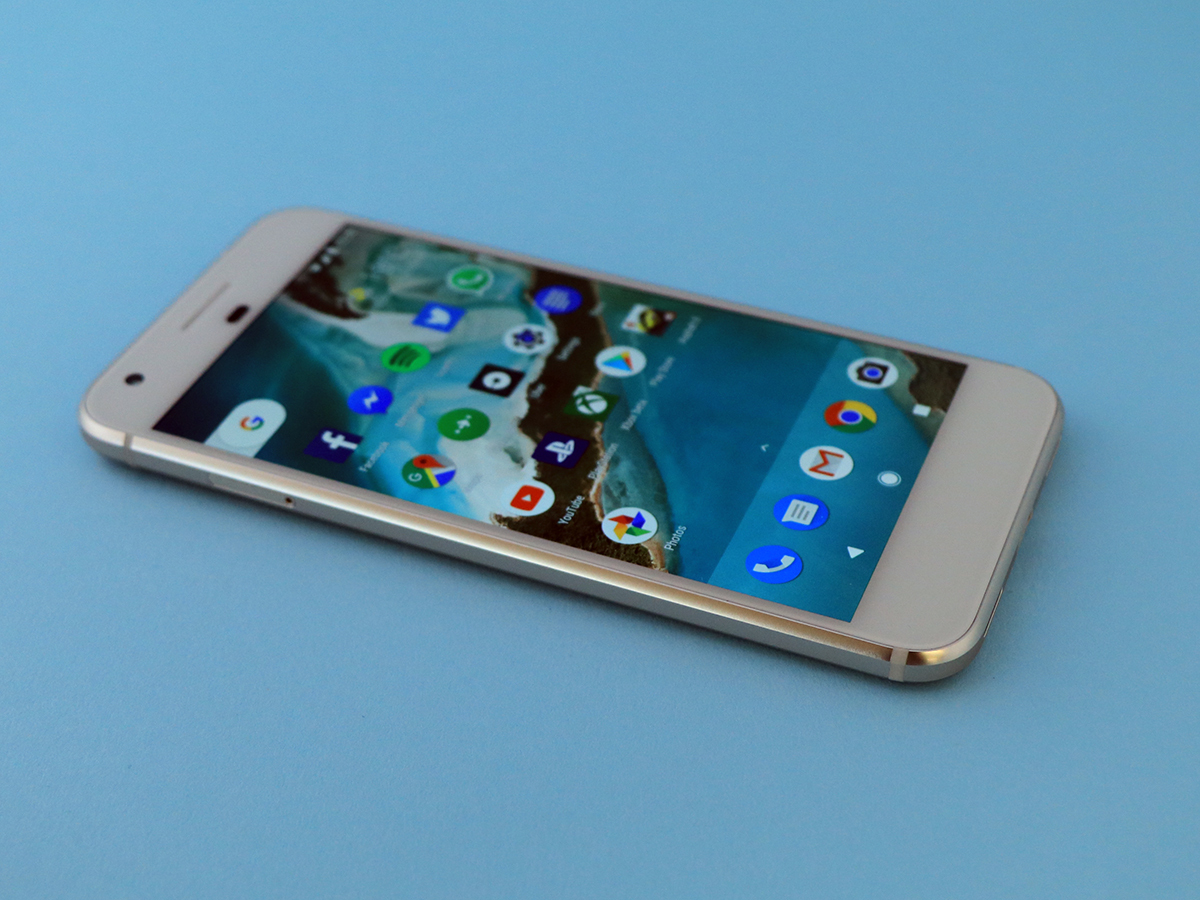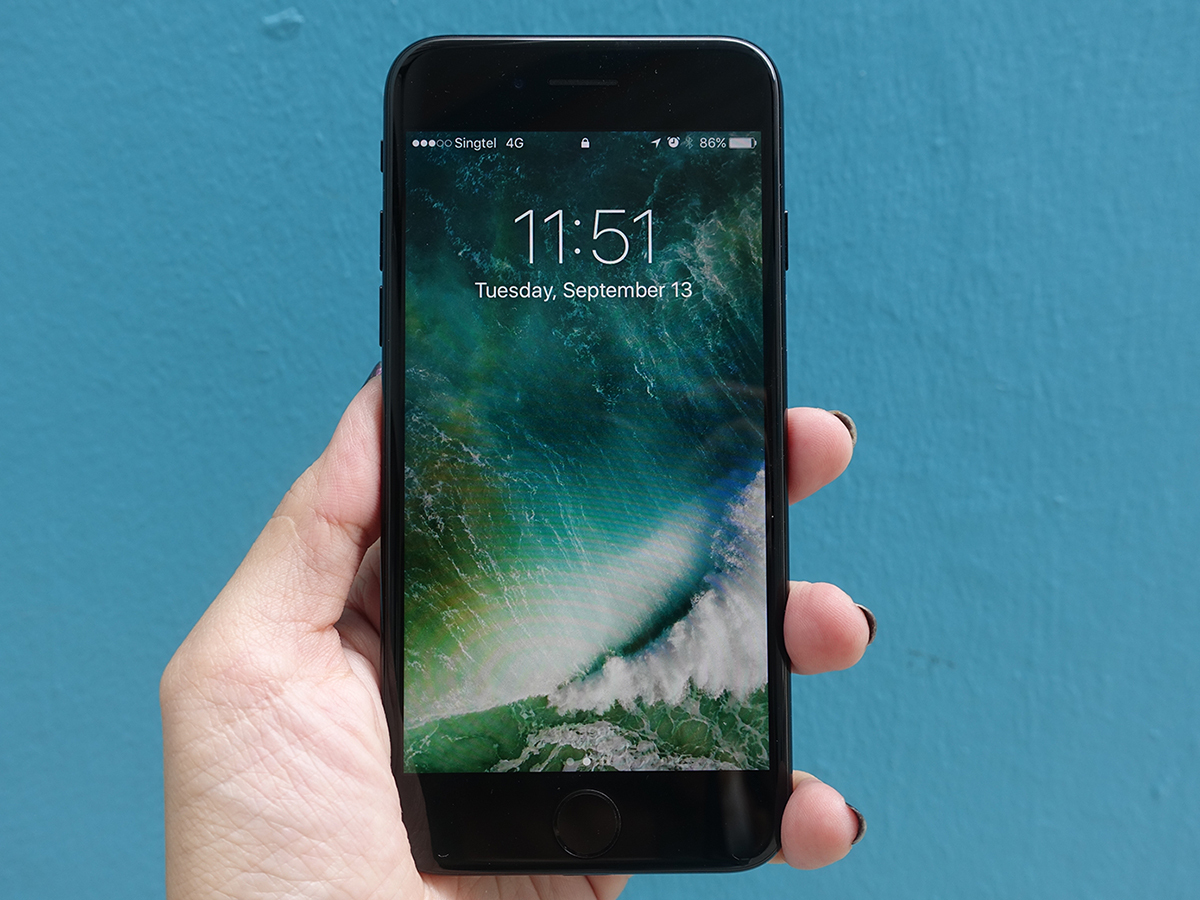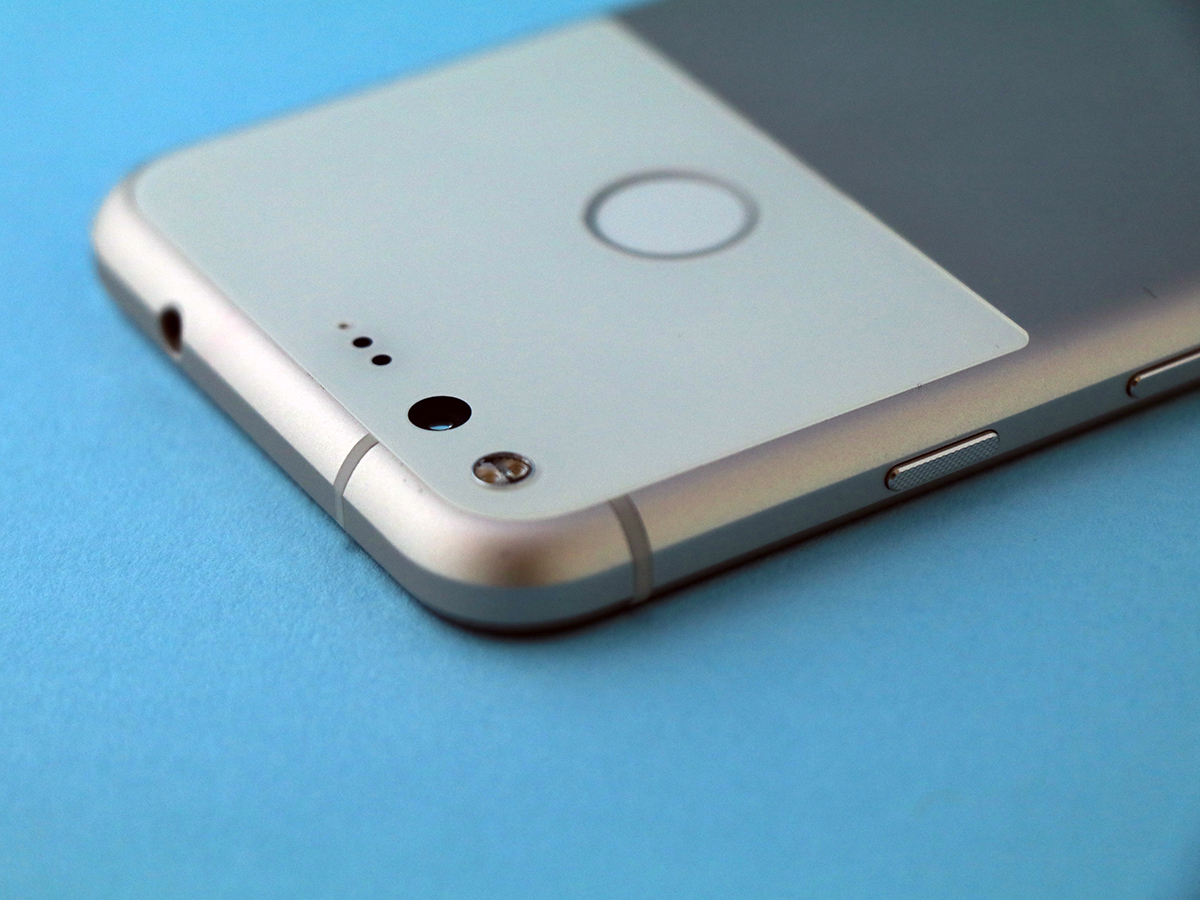Google Pixel vs Apple iPhone 7
The Nexus-killer guns for Apple's dominant device

Google has finally gone “full Apple” with the release of the Pixel and Pixel XL phones, both of which had their hardware and software designed by Google itself.
HTC might be manufacturing the actual devices, but its name is nowhere to be found and the Nexus brand is toast. Instead, we get a phone that… well, frankly, looks a lot like an iPhone at a glance. However, Google’s first real in-house handset brings some noteworthy perks that help set it apart from both the iPhone 7 and Android competition.
Still, the iPhone 7 is only weeks old and the comparisons are too obvious to ignore. Eyeing a glossy, high-end smartphone right now? Here’s how the Google Pixel and Apple iPhone 7 compare now that we’ve put both through our extensive review process.
Design: Can you tell them apart?
From the face and even somewhat from the side, Google’s Pixel seems nearly identical to the now-well-familiar iPhone 7 design. It has that sleek, rounded look and similar antenna lines, although there’s no fingerprint sensor/home button on the front.
Flip the phone over and you’ll see more of a difference. While the lower half looks very much like an iPhone 6s, there’s a plastic panel on the upper half that helps set the design apart with a slightly two-tone look… but it can’t help but look a little cheap on a flagship phone.
Also, the Pixel isn’t waterproof while the iPhone 7 is – a big frustration – and the placement of the fingerprint sensor on the back isn’t the most ideal location. The Pixel does have a headphone jack, unlike the iPhone 7, but otherwise it can’t help but seem like a less-desirable take on Apple’s familiar design (that also isn’t waterproof).
Winner: Apple iPhone 7
Screen: Full HD vs… not-Full HD
It seems like we’re writing the same thing every time we compare an Apple phone to a flagship Android, but so be it. Apple seems perfectly content with its 4.7in, 750p display on the iPhone 7, which matches the two previous models in resolution, and the latest model does offer increased brightness and a wider colour gamut. It looks pretty nice!
But the Pixel’s 5in LCD display bumps up to Full HD, or 1080p, and thus is sure to be crisper than Apple’s standard iPhone 7. Resolution isn’t all that matters with a smartphone screen, but they’re pretty comparable otherwise and the extra detail of the Pixel shines through.
Note that it’s not a Quad HD screen, however, like the Pixel XL and some other Android flagships. That’s surprising, given how the Pixel’s price compares to rival Android options. Still, in this particular comparison, the Pixel handily wins out.
Winner: Google Pixel
Also Read › Google Pixel review
Camera: The best ever?
The iPhone 7’s camera may not be as feature-packed as the iPhone 7 Plus, but it’s still a damn fine smartphone camera. The 12-megapixel back shooter now adds optical image stabilisation, while the f/1.8 aperture and brighter LED flash help turn out reliable great shots. It focuses faster, too, making it one of the best everyday cameras in a smartphone today.
However, Google says it has the best camera on the market with the Pixel. Actually, someone else does too: imaging site DxOMark got its hands on the Pixel early, and gave it a score of 89, its highest smartphone camera rating ever. The iPhone 7, meanwhile, sits at a paltry 86. It’s a small difference, admittedly, but it’s something.
What makes the Pixel’s camera so great? The 12.3MP camera has an f/2.0 aperture and 1.55-micron pixels, and the HDR+ shooting mode combines multiple exposures to turn out a better ultimate result. It also shoots 4K video, much like the iPhone 7. Optical image stabilisation is curiously missing, but the phase detection and laser autofocus make up the difference rather admirably.
We put the Pixel through its paces and came away suitably impressed, although we wouldn’t say there’s any dramatic difference in quality between the two. It comes down to preference in many cases, and the Pixel might beat the iPhone with some shots and not others.
The outdoor exposure is excellent and the HDR+ mode is sure to give you something great in nearly all lighting scenarios. And the electronic video stabilisation is a nice treat, as well. The Pixel gets the slight edge here overall thanks to handy perks like those.
Winner: Google Pixel
Power: Fantastic Fusion
Google’s Pixel is one of the first smartphones to carry the Qualcomm Snapdragon 821 system-on-a-chip, which promises a 10% improvement in processing speed over the Snapdragon 820 seen in the OnePlus 3, HTC 10, LG G5, and some regional variants of the Samsung Galaxy S7.
In use, we found the Pixel to be plenty quick with Android 7.0 Nougat, and perhaps even a touch faster than those aforementioned devices. However, the iPhone 7’s custom A10 Fusion processor offers significantly higher single-core performance in benchmark tests, and pairs well with the zippy iOS 10.
They’re different operating systems, sure, but Apple’s pairing here is just a bit swifter – especially since we noticed some inconsistencies within Android Nougat during our testing. And the speed difference even came through with the Pixel carrying twice the RAM (4GB vs 2GB) of the iPhone 7. The Pixel is no slouch, but we see an ever-so-slight edge for the iPhone 7 here.
Winner: Apple iPhone 7
Additional Perks: Pixel, please
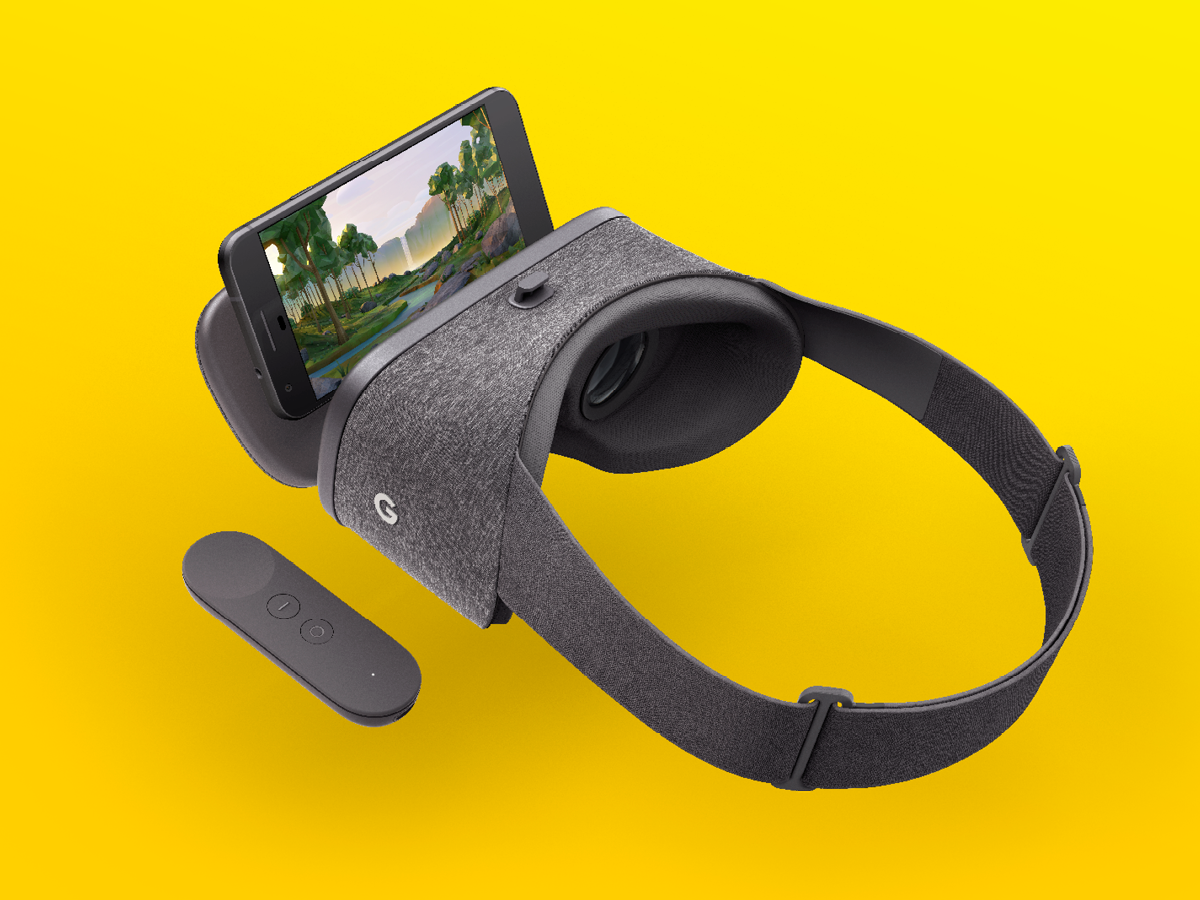
Neither phone has microSD support and both devices start at 32GB internal storage, with the next level bumping up to 128GB. However, while the iPhone 7 offers another level of local storage at 256GB, the Pixel does not. Google will give you unlimited cloud storage for photos and video via Google Photos, however, even with 4K video.
When it comes to battery life, the Pixel certainly has the larger cell within: 2,770mAh compared to just 1,960mAh in the iPhone 7. That means the Pixel should offer a solid couple extra hours of usage during the day, even compared to the rather efficient iOS 10 on the iPhone. Better yet, the Pixel has fast charging and can top off about 7 hours of usage in the span of just 15 minutes. Amazing.
Also, the Pixel and Pixel XL are the first phones to support Google’s own Daydream VR platform, which is similar to Samsung’s Gear VR, plus Google is offering a free Daydream View headset with Pixel pre-orders in certain promotions.
Of course, the iPhone 7 has a unique feature in the form of the 3D Touch pressure-sensitive screen, but it still doesn’t feel like a killer, gotta-have addition. Frankly, we’d take the extra battery life and a great VR experience if we’re picking perks.
And to state the obvious: the iPhone 7 runs iOS 10, while the Pixel runs Android 7.1 Nougat. We’re not going to do a full accounting of the Android vs iOS fanboy wars, but both are great and highly refined, and each has its own myriad benefits. We noticed some hitches with Android Nougat, as detailed in our Pixel review, but it’s not enough to sink the experience. Pick your pleasure.
Winner: Google Pixel
Verdict: Apple wins out
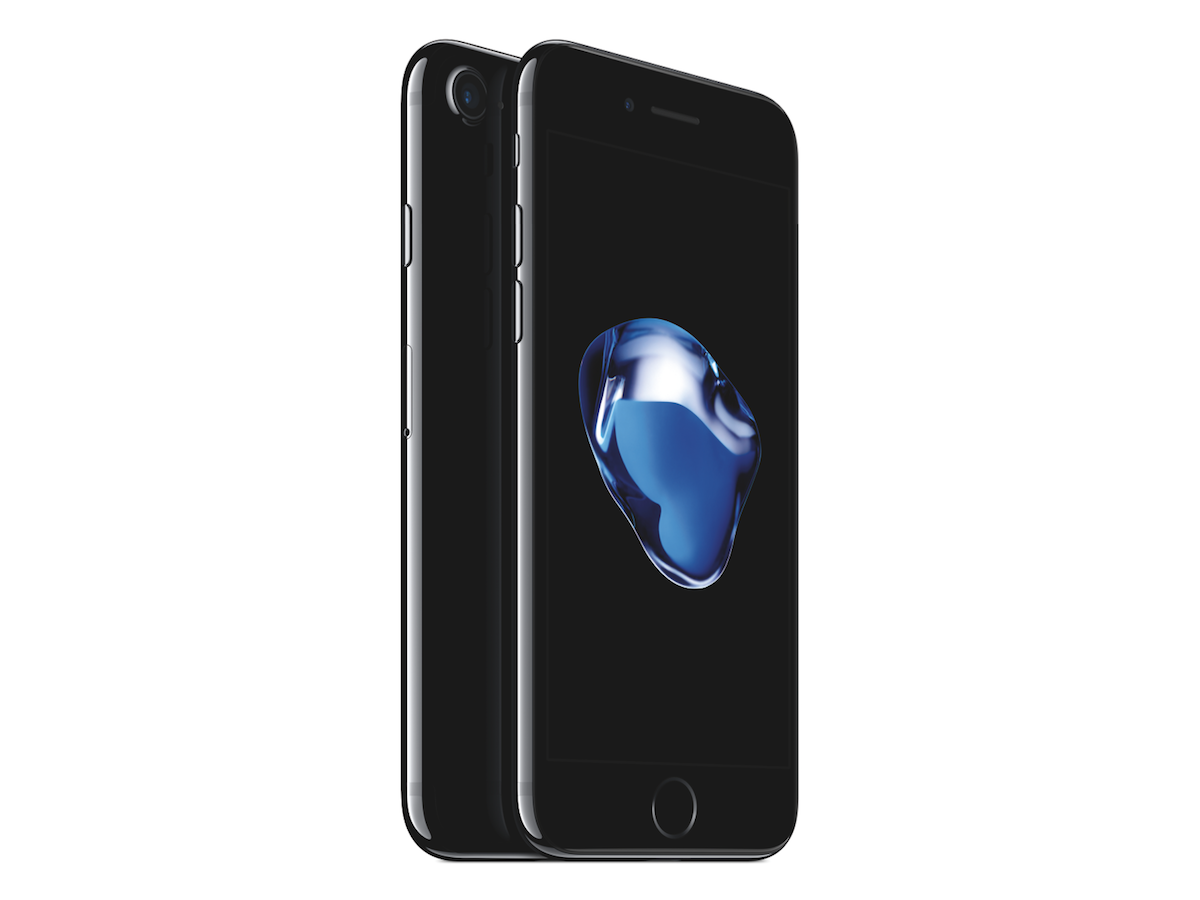
Apple’s standard iPhone 7 might not even be the best model on the market today – that’d be the feature-packed iPhone 7 Plus – but we’d still give it a slight nod over the Pixel.
Google’s phone is a clear attempt to match up with Apple on a streamlined, super-premium device, but it doesn’t go all the way. That’s most evident with the design, which feels a little cheap in spots and lacks waterproofing, plus the phone has a lower-resolution screen than its Android contemporaries while charging similar prices.
The Pixel tops the iPhone 7 in screen quality and some welcome perks, including battery life and VR support, plus its camera occasionally shows benefits that Apple can’t touch. But as an overall experience, Apple’s phone still comes off as the better device for the very same starting price.
Google came close this time, though, and we can’t wait to see what it has cooked up for 2017. But frankly, if you’re going to spend upwards of £600 on an Android phone this year, we’d point you towards the Samsung Galaxy S7 or HTC 10 instead… or the OnePlus 3 for half that price.
Overall winner: Apple iPhone 7


